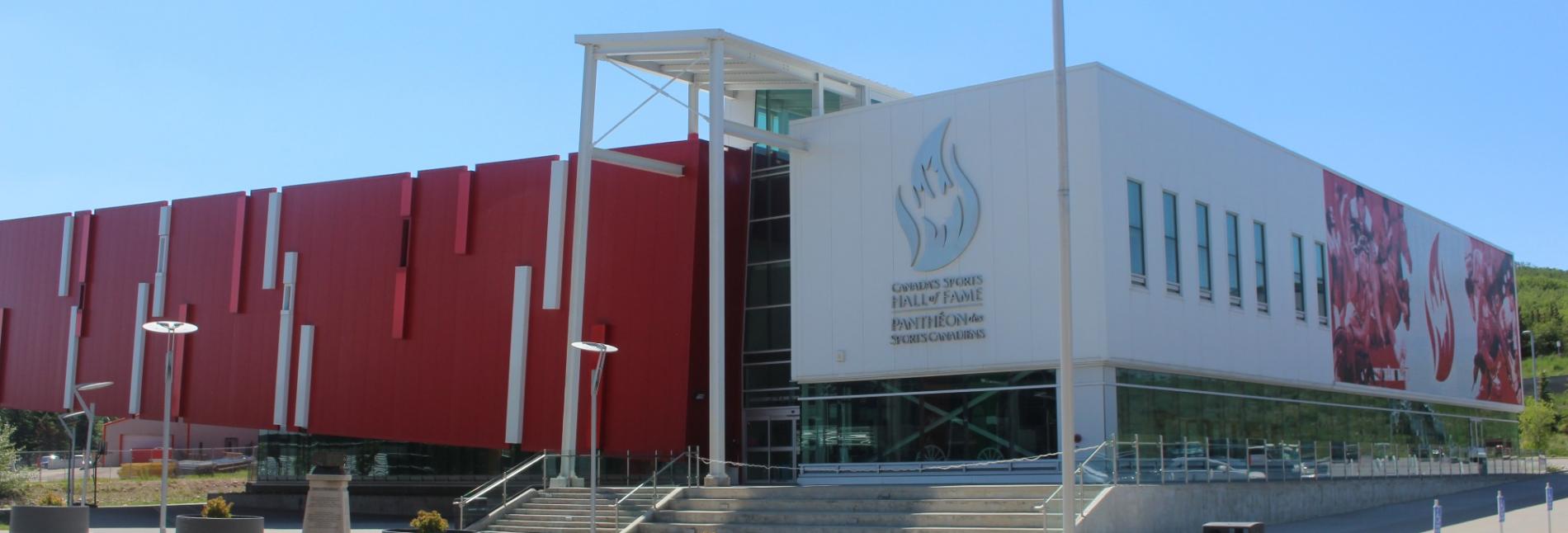Hall of Famer
Clarence Campbell
Inducted in 1975
Member Details
Career Highlights
President, National Hockey League
Introduced the Players' Pension Fund
Oversaw expansion of league from six teams to eighteen
Stewarded the NHL merger with the World Hockey Association (WHA)

Story
Presiding over one of the most dramatic and rewarding eras in National Hockey League (NHL) history, few individuals had as significant an influence on professional hockey as Clarence Campbell. Born in Fleming, Saskatchewan, Campbell graduated from the University of Alberta with a degree in law and arts in 1924 and was a Rhodes Scholar at Oxford University. He came back to Alberta during the Depression and supplemented his income as a lawyer by refereeing amateur hockey games. His proficiency as a referee impressed NHL officials and he was hired by league president Frank Calder at the start of the 1936 season. Campbell quickly established himself as one of the better referees in the league and officiated in the NHL for 155 regular-season games and 12 more in the playoffs. Campbell enlisted as a private in the Canadian Army in 1940 and quickly rose through the ranks. In 1945, he was promoted to Lieutenant Colonel. In the aftermath of the war he was prosecution lawyer for the Canadian War Crimes Commission at the trial of Nazi Kurt Meyer, was awarded the Order of the British Empire, and made King's Counsel. When he returned to North America after the war in 1946, Campbell was assistant to NHL president Mervyn "Red" Dutton. A few months later, Dutton resigned and recommended Campbell as his successor. Within the first few years of his tenure, Campbell increased the number of NHL regular-season games from 50 to 70 and started the NHL All-Star Game. Most importantly, he introduced the league's first pension plan which helped establish hockey as a solid career choice rather than a part-time job as it had been for most players up to that point. In response to the difficulties faced by the Chicago Blackhawks and Boston Bruins on the ice and at the gate in the early 1950s, Campbell started the Inter-League Draft, spreading the wealth of good players across the league rather than sequestering them in Montreal or Toronto. In 1955, he demonstrated his unwavering leadership by suspending Montreal icon Maurice Richard for three final games of the regular season and all of the playoffs. Campbell is long remembered for showing up with his fiancée to a Montreal Canadiens game against Detroit at the Forum in Montreal the day after he had handed down the suspension. Enraged fans pelted him with debris during the first period. After a tear gas bomb went off in the arena, Campbell was forced to exit the building. The game was forfeited to the Red Wings, and the arena was evacuated. What has become known as the Richard Riot ensued, injuring 60 people and incurring $500,000 in damages across the city. Campbell also oversaw the NHL's expansion. Between 1967 and 1975 the league tripled in size. He was elected to the Hockey Hall of Fame in 1966 and the NHL named one of its two conferences after him (now known as the Western Conference). Today the trophy given to the Western Conference champion in the Stanley Cup playoffs is named the Clarence S. Campbell Bowl. Campbell stayed involved as an advisor to the NHL after his official retirement as president in 1977. Succumbing to a lengthy series of respiratory illnesses, he died in Montreal of pneumonia days before his 79th birthday.






